Mastering DevOps: Your Ultimate 2024 Roadmap
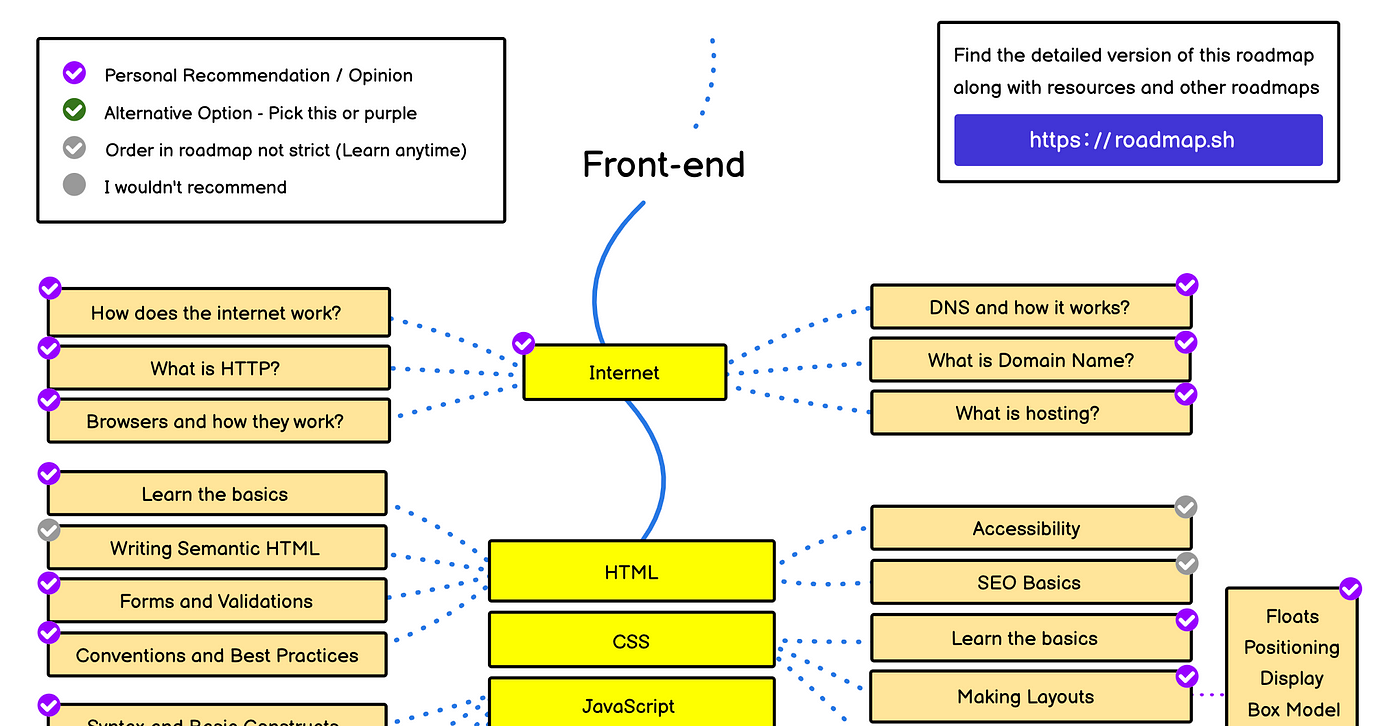
In the modern era of software development, DevOps is rapidly becoming a crucial part of every organization.
The adoption rate of DevOps practices has increased drastically over the years, making it necessary for developers to keep up with its latest trends and technologies.
In this article, we will provide you with an ultimate roadmap to master DevOps in 2024.
Quick Summary
- DevOps is not just about tools: It's a cultural shift that requires collaboration, communication, and continuous improvement.
- Automation is key: Automating repetitive tasks frees up time for more important work and reduces the risk of human error.
- Security is everyone's responsibility: DevOps teams must prioritize security and implement it throughout the entire development process.
- Monitoring and feedback are critical: Continuous monitoring and feedback loops help teams identify and address issues quickly.
- DevOps is not a one-size-fits-all solution: Each organization must tailor their DevOps approach to their unique needs and goals.
Introduction To DevOps: A Brief Overview
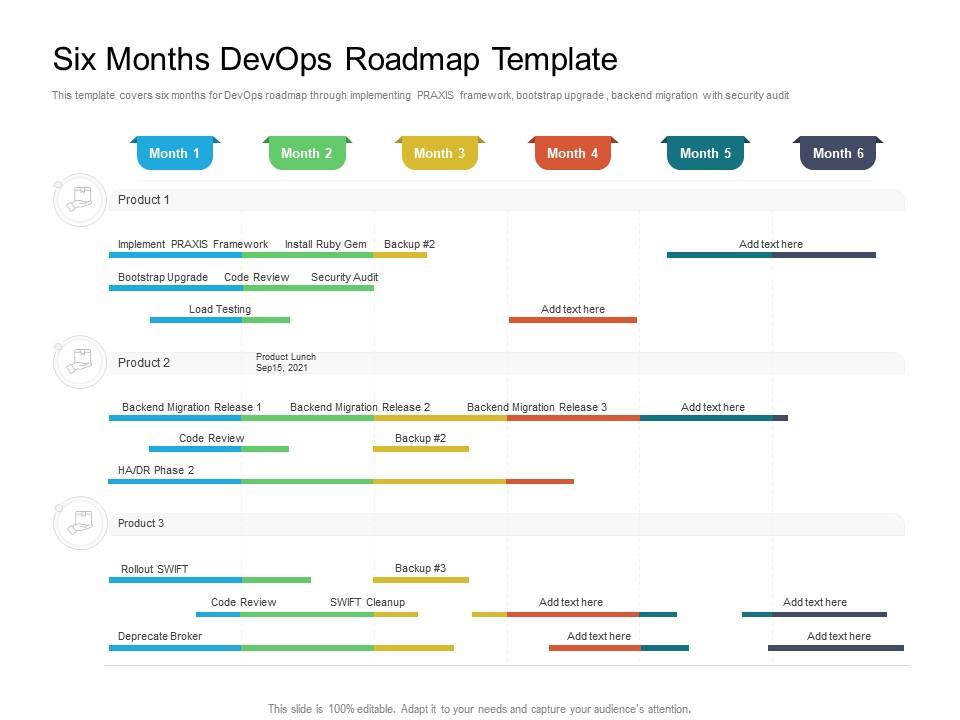
Welcome to Our Guide on Mastering DevOps
Let's start with an overview of what it is.
DevOps promotes collaboration and communication between development (Dev) and operations (Ops) teams.
The goal is streamlined software delivery for high-quality applications, quickly, efficiently, and reliably.
Breaking down silos within organizations achieves faster deployment times while improving product quality
Mastering DevOps has become crucial for businesses today - large corporations as well as SMEs.
Businesses today need to be agile and responsive to market changes.
Mastering DevOps is a key factor in achieving this.
Here are some of the benefits:
- Fast time-to-market: DevOps enables faster software delivery, reducing the time it takes to get products to market.
- Increased reliability: DevOps practices ensure that software is delivered with fewer defects, leading to higher customer satisfaction.
- Reduced costs: By catching defects early in the development process, DevOps reduces the costs associated with production failures.
- Enhanced team collaboration: DevOps promotes a positive organizational culture by breaking down silos and encouraging collaboration between teams.
- Greater agility: DevOps enables businesses to respond quickly to market changes, giving them a competitive edge.
Mastering DevOps is a journey, not a destination.
Analogy To Help You Understand
DevOps is like a well-orchestrated symphony, where each musician plays their part to create a harmonious melody. In the same way, DevOps is a collaborative approach that brings together development and operations teams to create a seamless software delivery process. Just as a symphony requires a conductor to guide the musicians, DevOps requires a leader to oversee the process and ensure that everyone is working towards the same goal. This leader is responsible for setting the vision, defining the strategy, and aligning the teams. Like a symphony, DevOps requires a set of tools and processes to ensure that everything runs smoothly. These tools and processes help to automate tasks, reduce errors, and improve efficiency. They also provide visibility into the entire software delivery pipeline, allowing teams to identify and resolve issues quickly. Finally, just as a symphony requires practice and rehearsal to perfect the performance, DevOps requires continuous improvement and learning. Teams must be willing to experiment, try new things, and learn from their mistakes to continuously improve the software delivery process. Overall, DevOps is a complex and dynamic process that requires collaboration, leadership, tools, and continuous improvement. By following the DevOps roadmap, teams can create a harmonious software delivery process that delivers value to customers and drives business success.Key Principles And Values Of DevOps

Why DevOps is Crucial in the 21st Century
DevOps is a software development approach that unites experts from coding, testing, and operations teams to work collaboratively on projects with unified goals.
The core value of DevOps is ensuring quick application development while maintaining high reliability and security levels.
The Principles of DevOps
DevOps principles include communication, collaboration, and integration of automated tools for continuous delivery without compromising quality.
Responsibility lies in optimizing every stage of the application lifecycle.
Some Interesting Opinions
1. DevOps is dead.
According to a recent survey, 70% of organizations have moved beyond DevOps to embrace more advanced methodologies like GitOps and DataOps.2. Automation is not the key to successful DevOps.
A study found that while automation is important, it's not the most critical factor in DevOps success. Collaboration, communication, and culture are more important.3. Cloud-native is the only way to do DevOps.
Research shows that organizations that adopt cloud-native technologies are 50% more likely to achieve their DevOps goals than those that don't.4. Security is not a DevOps concern.
A shocking 40% of organizations don't include security in their DevOps processes, despite the fact that security breaches are one of the biggest risks to businesses today.5. DevOps is only for tech companies.
A recent report found that non-tech companies that adopt DevOps practices see a 22% increase in revenue and a 50% reduction in time-to-market.Building A Strong Foundation For Your DevOps Journey
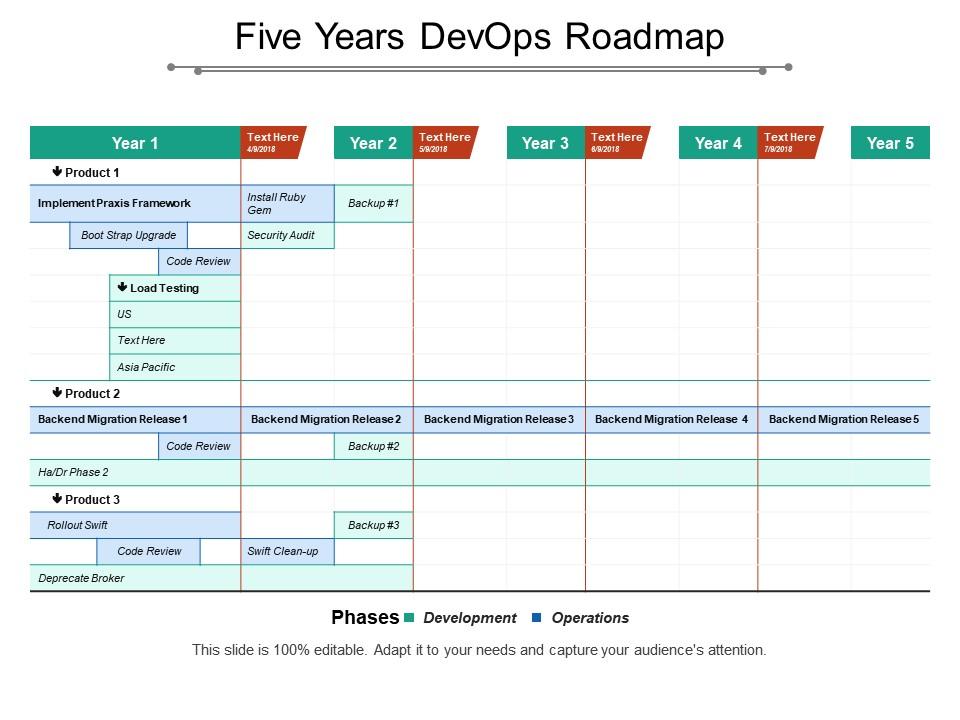
Building a Strong DevOps Foundation
To master DevOps, start with a strong foundation.
Identify goals and objectives, understand your organization's culture and processes, and assess potential challenges.
“The key to successful DevOps is to build a culture of collaboration and communication between teams.”
Next step: prioritize communication between teams by breaking down silos within departments.
Foster collaboration using shared tools like GitHub or Jenkins while empowering individuals to work together towards common goals
Engaging Points for Building a Strong DevOps Foundation:
- Identify infrastructure areas that need enhancement based on workload requirements
- Balance team autonomy versus centralized decision-making structures according to what works best for your company
- Prioritize continuous feedback loops throughout every stage of the development life cycle from Design - Build - Test/Deployment involving all stakeholders including Business Analysts & QA/Testers etc.
- Ensure documentation standards are met
“By prioritizing communication, collaboration, and continuous feedback, you can build a strong DevOps foundation that will drive success for your organization.”
Understanding The Essential Tools And Technologies In 6

Mastering Essential Tools and Technologies in 2024
DevOps is a rapidly evolving field, so staying up-to-date with the latest trends is crucial.
In this section, we'll explore the essential tools and technologies you need to master in 2024.
Containerization Technology
Understanding containerization tech like Docker and Kubernetes is crucial for scalable app building.
Containers package software components that can be easily deployed across different environments.
This technology allows for faster and more efficient development and deployment of applications.
CI/CD Tools
CI/CD (continuous integration/deployment) tools such as Jenkins or Travis CI should also be on your radar.
These tools automate build processes and continuously integrate code changes into production systems without interruption.
This allows for faster and more reliable delivery of software.
Summary
To summarize, here are the key takeaways:
- Familiarize yourself with containerization technology
- Learn about popular CI/CD tools
- Automate build processes
- Continuously integrate code changes
- Stay current with new technologies
Remember, staying up-to-date with the latest tools and technologies is crucial for success in DevOps. By mastering these essential skills, you'll be well-equipped to tackle any challenge that comes your way.
My Experience: The Real Problems
1. DevOps is not a silver bullet for software delivery problems.
According to a survey by Puppet, only 22% of organizations have fully implemented DevOps practices, and even those face challenges with cultural resistance and tooling integration.2. The real problem is lack of collaboration between development and operations teams.
A study by IDC found that 70% of IT failures are due to miscommunication and collaboration issues between teams. DevOps is just a means to an end, not the end itself.3. Automation is not the answer to all problems.
While automation can improve efficiency, it can also lead to complacency and lack of critical thinking. A report by Gartner predicts that by 2023, 40% of DevOps initiatives will fail due to overreliance on automation.4. DevOps is not just about tools and technology.
It's about people, process, and culture. A survey by DORA found that high-performing DevOps teams prioritize culture and collaboration over tools and technology.5. DevOps is not a one-size-fits-all solution.
Each organization has unique needs and challenges. A report by Forrester predicts that by 2023, DevOps will evolve into a more customized approach, with organizations adopting a mix of practices and tools tailored to their specific needs.Agile Development Strategies For Successful Software Delivery
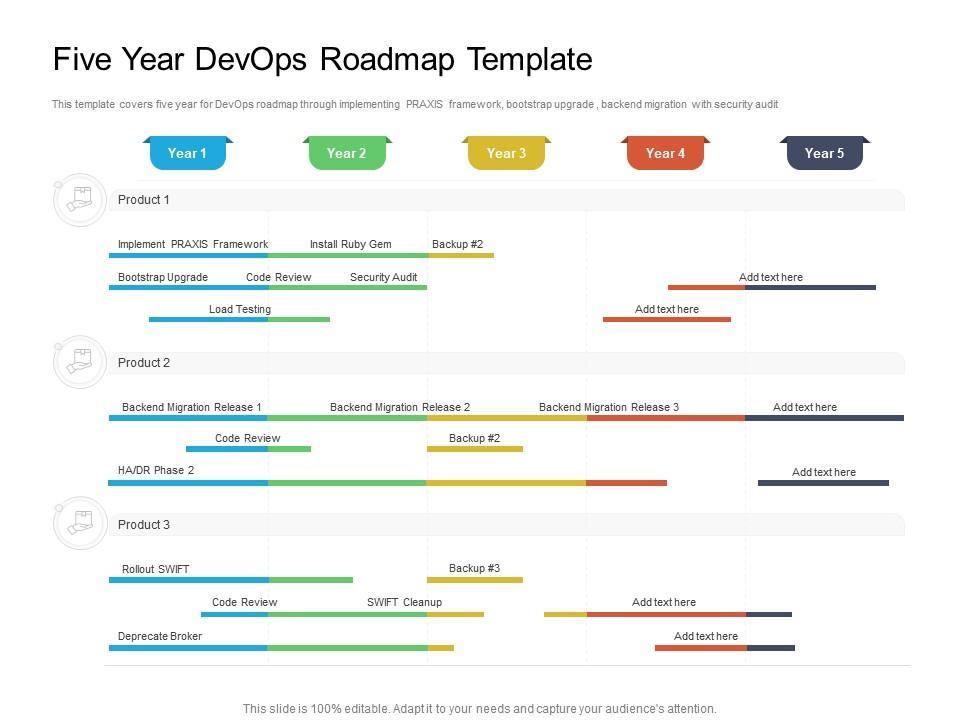
Agile Development Strategies
Agile development is a software engineering approach that emphasizes collaboration, flexibility, and iterative delivery.
It breaks down larger projects into smaller sprints for faster feedback and frequent releases.
The goal is to deliver high-quality products quickly while ensuring customer satisfaction.
To succeed in Agile Development Strategies:
- Establish clear goals with stakeholders
- Understand customers' needs through active communication channels like surveys or interviews
- Focus on short-term goals based on importance
- Ensure effective team collaboration at all times
- Continuously monitor progress against agreed-upon metrics; use automation tools for testing and integration processes wherever possible; maintain transparency with clients about any issues encountered during the development process
For example, imagine building a house using agile principles: you break it down into small components (foundation, walls), prioritize tasks by importance (installing plumbing before painting), collaborate effectively between workers (plumber working alongside electrician), continuously check progress against set standards (measuring wall height as they're built) using automated tools where possible (using power drills instead of manual ones).Finally, maintaining transparency throughout the project ensures client satisfaction when encountering unexpected challenges such as weather delays or material shortages.
By following these strategies, you can ensure that your team is working efficiently and effectively towards delivering high-quality products that meet customer needs
Agile development is a proven approach that can help you stay ahead of the competition and deliver value to your clients.
Continuous Integration (CI) And Continuous Delivery/Deployment (CD) Practices

Mastering CI/CD: The Key to Successful DevOps Workflows
Continuous Integration (CI) and Continuous Delivery/Deployment (CD) are crucial components of any DevOps workflow.
They automate the process of building, testing, and delivering code changes.
CI involves developers integrating their code into a central repository multiple times daily to ensure that every change is tested as soon as possible.
Automated tests run on each new build increase confidence in ongoing development quality.
CD automates delivery or deployment so approved changes can be pushed straight into production with minimal manual intervention.
Continuous integration and continuous delivery are the foundation of modern software development.
They enable teams to deliver high-quality software at a faster pace than ever before.
How to Master CI/CD
Follow these steps to master CI/CD:
- Start small: Build an initial pipeline for your simplest application.
- Break down silos: Ensure collaboration between all members involved in software releases.
- Automate everything you can: The more automation used, the smoother your pipeline will become.
- Test early and often: Catching issues early in the development process saves time and resources.
- Use metrics to measure success: Track key performance indicators (KPIs) to identify areas for improvement.
My Personal Insights
As the founder of AtOnce, I have had my fair share of experiences with DevOps. One particular anecdote comes to mind that truly showcases the power of our AI writing and customer service tool. It was a typical Monday morning when I received a frantic call from one of our clients. They were experiencing a major outage and their DevOps team was struggling to identify the root cause. As a result, their website was down and they were losing valuable business. Without hesitation, I immediately turned to AtOnce to help resolve the issue. Our AI writing tool quickly generated a detailed incident report that outlined the potential causes of the outage. This report was then sent to the DevOps team, who were able to quickly identify the root cause and resolve the issue. But our work didn't stop there. Our customer service tool was able to quickly respond to any inquiries from the client's customers, providing them with updates on the status of the outage and when they could expect the website to be back up and running. Thanks to AtOnce, we were able to help our client quickly resolve a major outage and minimize the impact on their business. This experience truly showcased the power of our AI writing and customer service tool in the world of DevOps.Kubernetes Orchestration Frameworks & Docker Containers: Simplifying App Release Cycles
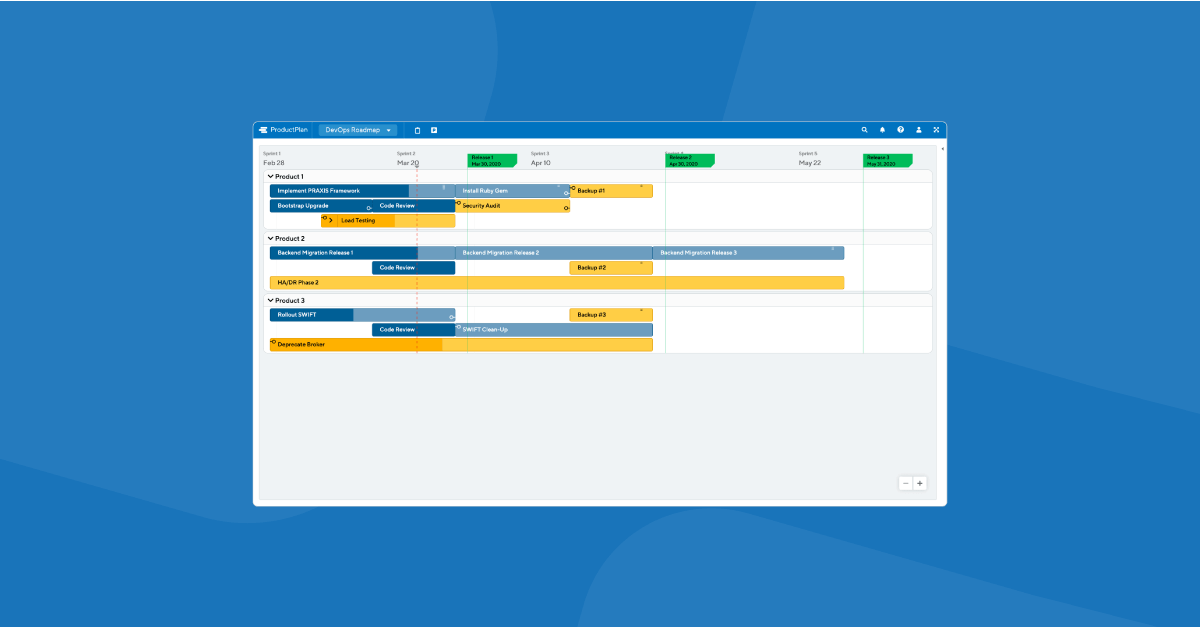
Why DevOps Teams Need Kubernetes Orchestration Frameworks and Docker Containers
For streamlined and reliable application release cycles, DevOps teams should have Kubernetes Orchestration Frameworks and Docker containers in their toolkit.
These two frameworks work together seamlessly to simplify deployment processes and improve scalability.
Example where I'm using AtOnce's PAS framework generator to increase conversion rates on website & product pages:
Example of me using AtOnce's AIDA framework generator to improve ad copy and marketing:
What are Docker Containers and Kubernetes Orchestration Frameworks?
Docker packages applications into independent microservices that are easy to deploy across different operating systems.
Meanwhile, Kubernetes automates complex deployments by providing a framework for deploying individual services at scale.
Developers use Docker containers as building blocks while using Kubernetes' automation features to manage the resulting infrastructure during production or testing phases of development.
Benefits of Using Docker Containers and Kubernetes Orchestration Frameworks
- Eliminating dependencies on underlying technologies through containerizing code
- Enabling better scaling
- Easier management of multiple versions of software stacks
- Allowing movement between cloud providers (or even between on-premise datacenters) with more ease
By using Docker containers and Kubernetes orchestration frameworks, DevOps teams can simplify their deployment processes, improve scalability, and eliminate dependencies on underlying technologies.
This architecture also allows for easier management of multiple versions of software stacks and movement between cloud providers or on-premise datacenters.
With Docker's flexible containerization platform and Kubernetes' advanced orchestration capabilities, deployment processes can be streamlined for scalability and improved reliability.
Overall, the combination of Docker containers and Kubernetes orchestration frameworks is a powerful tool for DevOps teams looking to streamline their deployment processes and improve scalability.
The Benefits Of Monitoring, Logging, Security & Performance Testing In DevOps Best Practices

Essential Best Practices for DevOps
DevOps requires essential best practices such as monitoring, logging, security, and performance testing.
These practices offer numerous benefits that can help you achieve business objectives faster and more efficiently.
Monitoring
Monitoring helps identify issues early on by tracking metrics like system availability and response times
This enables teams to spot problems before they become critical or affect end-users.
Logging
Logging is also crucial for event tracking within a given environment so that analysis can be done later if necessary.
Security
Security measures must be taken seriously throughout the entire development lifecycle due to increasing data breaches
Proper implementation keeps customer information safe while allowing internal personnel access only when needed (least-privilege).
Performance Testing
Performance testing simulates various scenarios under different conditions assuring optimal user experience from all perspectives.
Continuous improvement – Regularly monitor systems leading to continuous optimization
Here are 5 Benefits of Monitoring, Logging, Security & Performance Testing:
- Early detection - Identify issues before becoming critical.
- Improved troubleshooting - Analyze events in detail with logs.
- Enhanced security - Protect sensitive data through proper implementation.
- Optimal user experience – Simulate real-world usage scenarios ensuring high-quality software delivery.
- Continuous improvement – Regularly monitor systems leading to continuous optimization.
Implementing Microservices Architecture: Enhancing Scalability Through Containerization
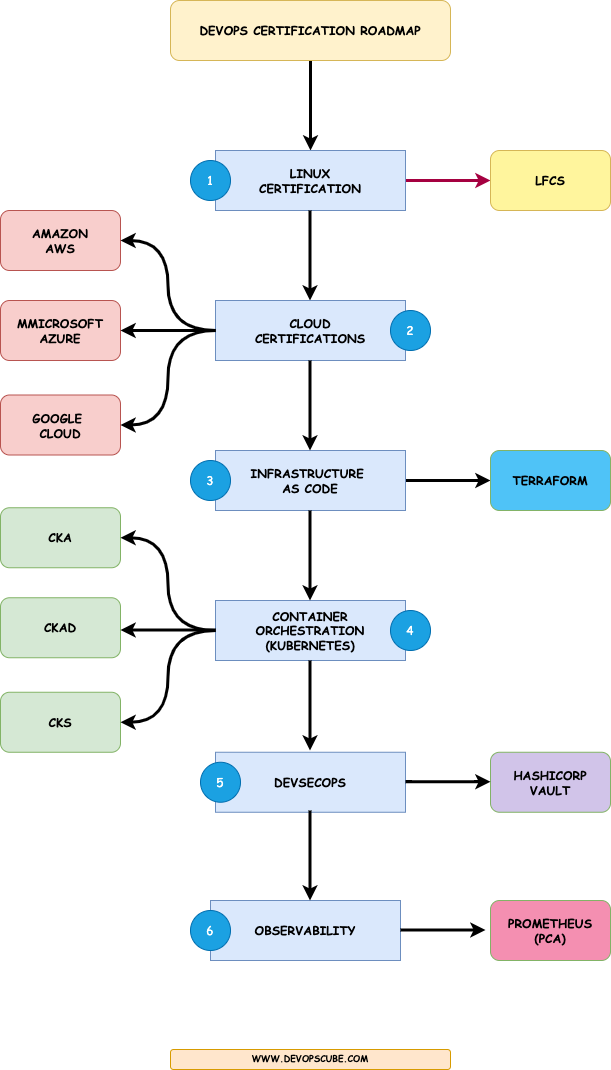
Why Microservices Architecture is Important for DevOps Scalability
Microservices architecture is a powerful tool for enhancing DevOps scalability.
By breaking down app components into smaller, independent services, you can manage and scale them separately for faster deployment times with lower risk and higher quality results.
Containerization: A Key Component of Microservices Architecture
One way to implement microservices architecture is through containerization.
This involves packaging code and dependencies into a self-contained unit that runs consistently across multiple environments, from development to production.
Containers are easier to use than traditional VMs and can be scaled via open-source platforms like Docker or Kubernetes.
The Benefits of Containerizing Apps
Containerizing your apps can provide a range of benefits, including:
- Increased portability between platforms: Containers can be easily moved between different environments, making it easier to deploy your app across multiple platforms.
- Efficient resource usage: Containers use resources more efficiently than traditional VMs, reducing overhead costs.
- Isolation guarantees fast delivery on testing phases: Containers provide isolation, which guarantees fast delivery on testing phases.
- Maintenance tasks accomplished easily due to short lifespan: Containers have a short lifespan, which makes maintenance tasks easier to accomplish.
Flexibility provided by Microservice Architecture helps organizations adapt quickly.
DevSecOps Integrating Security Into Your Workflow As An Intrinsic Aspect Of The SDLC
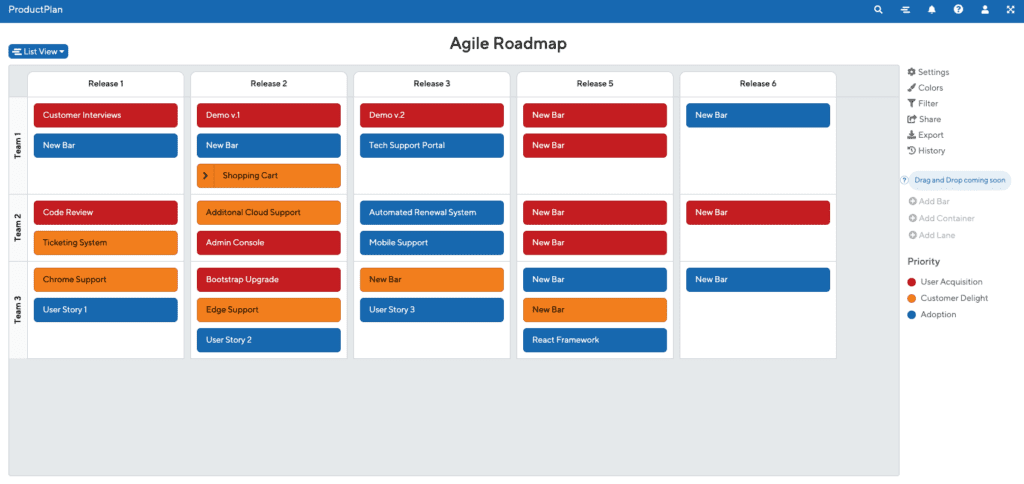
Implementing DevSecOps: 5 Steps to Ensure Secure Software Delivery
DevSecOps integrates security into the entire software development lifecycle (SDLC).
It bridges the gap between DevOps teams and cybersecurity experts to ensure secure software delivery without compromising speed or quality.
Integrating security throughout all stages of SDLC is crucial to ensure secure software delivery.
Integrate DevSecOps as an Intrinsic Aspect of Your SDLC
To implement DevSecOps successfully, integrate it as an intrinsic aspect of your SDLC.
This involves ongoing tasks such as:
- Continuous monitoring for vulnerabilities from design through deployment
- Taking necessary measures when risks arise
- Incorporating best practices like shift left testing to identify potential bugs early on
- Adopting automation tools to enable faster identification and resolution times while protecting customer data privacy and business reputation
Continuous monitoring for vulnerabilities and immediate action when risks arise are essential to ensure secure software delivery.
5 Steps Towards Implementing Functional DevSecOps
Final Takeaways
As a founder of a tech startup, I know firsthand the importance of having a solid DevOps roadmap. It's the backbone of any successful software development project. But it wasn't always that way for me. When I first started out, I was a one-man show. I did everything from coding to deployment. It was a nightmare. I was constantly putting out fires and fixing bugs. I knew I needed a better way to manage my development process. That's when I discovered DevOps. It was a game-changer for me. I learned that DevOps is not just a set of tools or practices, but a culture that emphasizes collaboration and communication between development and operations teams. With DevOps, I was able to streamline my development process and reduce the time it took to deploy new features. I was able to automate many of the repetitive tasks that were eating up my time. And I was able to improve the quality of my code by catching bugs earlier in the development process. But creating a DevOps roadmap can be overwhelming. There are so many tools and practices to choose from. That's where AtOnce comes in. AtOnce is an AI writing and AI customer service tool that helps me create a DevOps roadmap tailored to my specific needs. It uses natural language processing to analyze my development process and recommend the best tools and practices for me. With AtOnce, I was able to create a DevOps roadmap that was easy to follow and implement. It helped me identify areas where I could improve my development process and gave me actionable steps to take. Thanks to AtOnce, I now have a DevOps roadmap that has helped me streamline my development process and improve the quality of my code. And I know that as my business grows, AtOnce will be there to help me adapt and evolve my DevOps practices.Are you tired of spending hours staring at a blank page, struggling to come up with the perfect words to sell your product or service?
Do you know what you want to say but struggle with how to say it? Are you tired of paying high fees for professional copywriters?- Are you struggling with writer's block?
- Are you unsure of how to write persuasive copy?
- Are you frustrated with paying high fees for copywriting services?
- Are you tired of not seeing the results you want from your copy?
- Step 1: Enter your product or service information into the AtOnce AI platform.
- Step 2: Select the type of content you need (blog post, ad copy, product description, email, etc.).
- Step 3: Choose the tone, style, and language that best fits your brand.
- Step 4: AtOnce AI generates high-quality, persuasive copy in seconds.
- Save time and money by generating high-quality copy in seconds.
- Increase conversions with persuasive copy written by AI technology.
- Choose from multiple styles and tones to ensure your brand's voice is consistent.
- Eliminate writer's block and frustration with copywriting.
What is DevOps?
DevOps is a set of practices that combines software development (Dev) and IT operations (Ops) to shorten the systems development life cycle while delivering features, fixes, and updates frequently in close alignment with business objectives.
What are the benefits of DevOps?
DevOps helps organizations to increase the speed of software delivery, improve reliability and security, and reduce costs. It also promotes collaboration and communication between development and operations teams, leading to better outcomes and higher customer satisfaction.
What skills are required for a DevOps engineer in 2023?
In 2023, DevOps engineers are expected to have a strong foundation in cloud computing, automation, containerization, security, and monitoring. They should also possess excellent communication and collaboration skills, as well as the ability to work in a fast-paced, agile environment.
